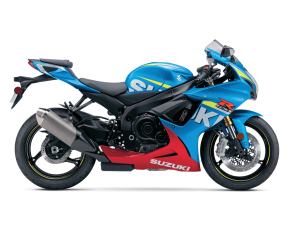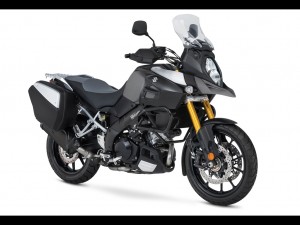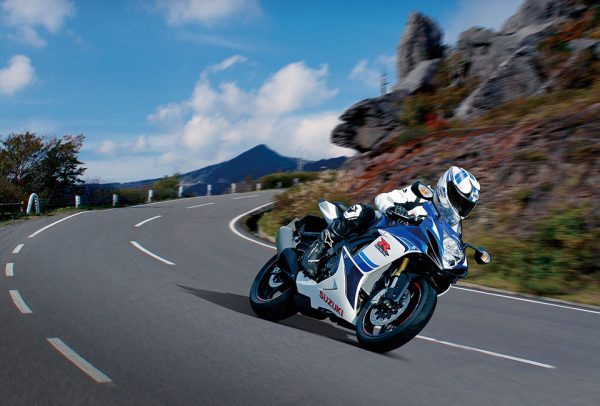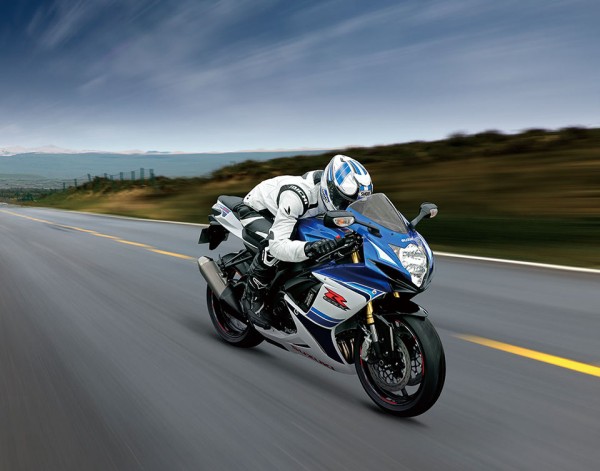A Facebook post this week by a Connecticut dealership that showed a happy customer sitting on his first motorcycle – a  high-power, 2016 model-year sport bike with a $12,299 MSRP – got me to thinking about dealer responsibility. How responsible is the dealership for selling the “right” motorcycle to a customer – matching the buyer with a bike?
high-power, 2016 model-year sport bike with a $12,299 MSRP – got me to thinking about dealer responsibility. How responsible is the dealership for selling the “right” motorcycle to a customer – matching the buyer with a bike?
One of the most important teaching points of any professional sales training is the need for the salesperson to make an effort to understand the wants, needs and expectations of the customer. Often times, sales people try to control the decision-making process in such a way that benefits the salesperson, the dealership or both.
In other words, the salesperson may “push” a particular motorcycle at a customer because the dealership needs to lighten the heavy inventory position on that model.
Or, perhaps, the profit margin is better on one model compared to another.
Or there may be old inventory on hand that needs to move before it gets even older.
Using this dealer-biased approach is not the way to best serve the customer.
 Dealerships that strive to deliver the best possible level of customer service will make sure their sales people do their utmost to put the customer on the best bike for them, even if that means a less than optimal outcome for the dealership. This process includes helping the customer reflect on their bike purchasing criteria before they make a final selection.
Dealerships that strive to deliver the best possible level of customer service will make sure their sales people do their utmost to put the customer on the best bike for them, even if that means a less than optimal outcome for the dealership. This process includes helping the customer reflect on their bike purchasing criteria before they make a final selection.
It is often the case where a customer will arrive at the dealership wanting to buy a bike based on what they’ve read in a review or what a friend has advised. Sometimes they just want to ride something similar to what their friends have. One might ask “What’s wrong with that?” After all, it’s the customer’s money. If he makes a selection, then the dealership should do everything possible to get the customer on that bike, right?
It’s not that simple. Not only is this the lazy way to sell a bike, it can also do a great disservice to the customer. Hopefully, the salesperson has acquired a great deal of knowledge about his product range and the kinds of riders that have become satisfied owners of those bikes. The good salesperson puts that knowledge to work with each prospective buyer.
When a 5’4”, 125-pound rider shows up in the store and announces that they’re here to buy an 800-pound touring bike with a 33” seat height, the salesperson needs to immediately address the real-world implications of that decision. In this case, it wouldn’t be hard for the customer to see the folly of their choice and follow the salesperson’s lead to look at a more appropriate model.
It may be more difficult to convince the recently-licensed new rider that a high-performance superbike may not be the best choice for their first bike. In this case the reasons are not quite as obvious as the previous example. It will take a skilled salesperson to gently provide a compelling argument for selecting another model without insulting the customer, or worse, bruising their ego.
The implications of this discussion could have a serious effect on the customer’s future. Every dealer has a story or two of the inexperienced rider who picked up his new bike and promptly crashed it, sometimes before even leaving the parking lot!
Ultimately, the responsibility lies with the customer, but that doesn’t mean the dealer is absolved of his share of the blame – particularly if they didn’t provide proper counsel to the buyer prior to the final purchase decision. After all, dealership personnel are the experts in these matters. They should act like it.
 Ride CT & Ride New England Serving New England, NYC and The Hudson Valley!
Ride CT & Ride New England Serving New England, NYC and The Hudson Valley!




Columnist Bob Rosen did not select the art for the piece; the editor did. While the V-Strom 1000 does have a 33.4-inch seat, it only weighs in at 490 pounds dry.
Poor examples given. What touring bike could possibly have a 33-inch seat AND 800 lbs? Not the V-Strom pictured. A 750 sport bike isn’t necessarily a poor first bike either. It’s not a Busa or Zx14. It’s not some leftover sitting around either and not some high pressure sales tactics. I recognize the dealer and Facebook posting. Family owned and casual. I’m sure that any warnings needed were given.
Its ridiculous a dealer would sell a performance bike like this to a newbie but there are no regulations against it. I’m against over regulation but I wish the U.S. would limit CCs to beginners – but then where does it stop? That dealer is all about money and that rider is more likely to end up in the ditch or even worse, which does not promote our sport. I’m lucky that I have common sense and started out slow and then progressed to bigger bikes.